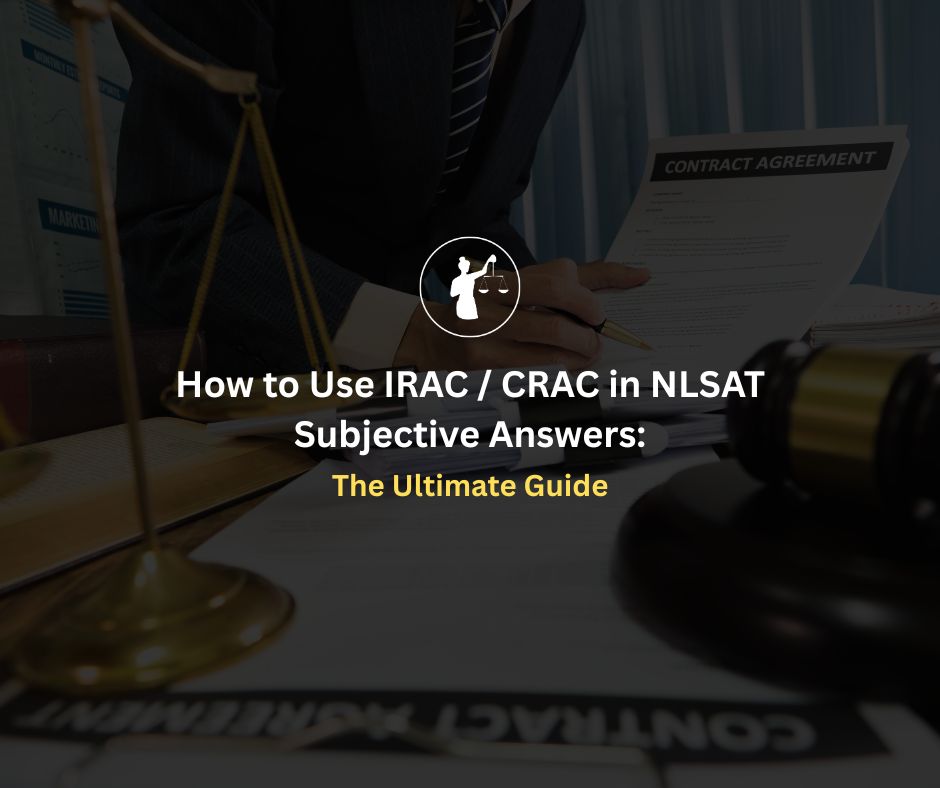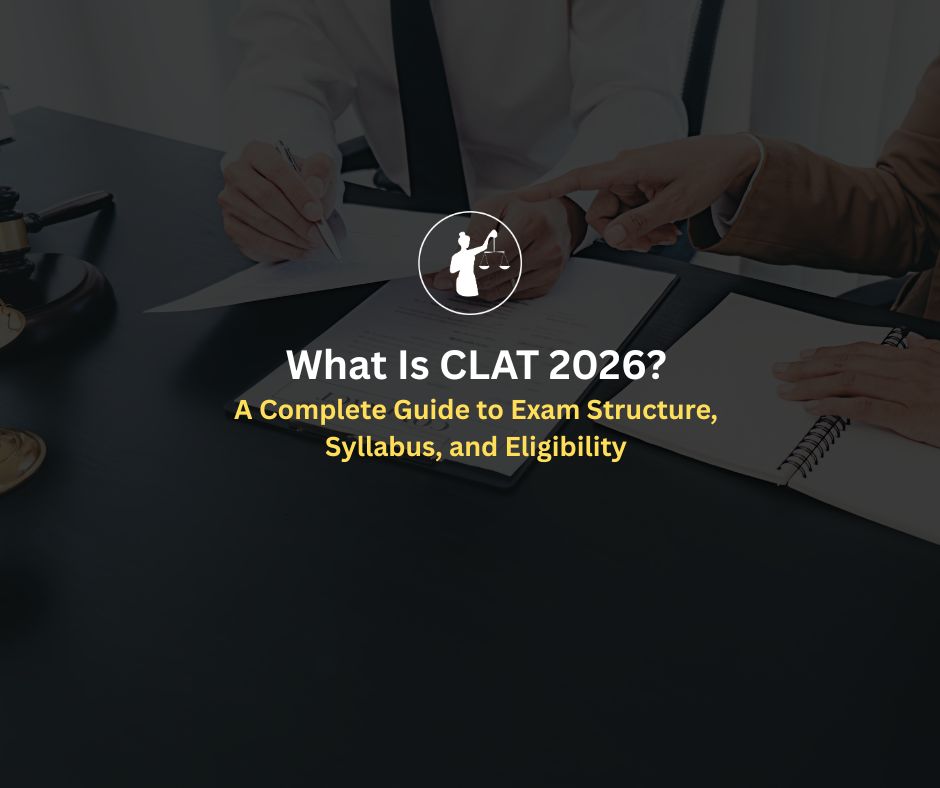
Discover what sets CUET PG LLB apart from other law entrance exams like NLSAT, MHCET, and AIAT. Explore the unique CUET PG LLB pattern, exam strategy, and DU Law admission insights.
Check Out CUET PG LLB Online Coaching and Mentorship
Why Understanding the CUET PG LLB vs Other Law Exams Matters
For many graduates aspiring to enter India’s premier law schools, choosing the right 3-Year LL.B. entrance exam is crucial. With several national and state-level options NLSAT, CUET PG DU LLB, MHCET Law, NLU Odisha (NAIET), Symbiosis AIAT, CNLU, and JSAT—it’s easy to get overwhelmed.
Among these, CUET PG LLB stands out for its unique structure, legacy, and broad accessibility. Understanding the CUET PG LLB vs other law exams comparison helps aspirants identify the right fit for their goals, preparation style, and background.
Before diving into the CUET PG LLB vs other law exams debate, it’s important to see how these tests differ in scale, difficulty, and admission scope.
Each exam has a different focus NLSAT on analytical writing, MHCET on volume and accessibility, and CUET PG LLB on aptitude, reasoning, and balanced knowledge testing.
Read More: CUET PG LLB Admissions in Tamil Nadu Universities
The CUET PG LLB exam, conducted under the CUET PG framework by the National Testing Agency (NTA), serves as the gateway to the Faculty of Law, University of Delhi, one of India’s oldest and most respected law schools.
With nearly 2,888 seats, affordable fees, and an urban academic environment in Delhi, CUET PG DU LLB remains the most accessible national-level law exam for postgraduate aspirants.
What distinguishes CUET PG LLB vs other law exams is its computer-based format, sectional balance, and objective structure designed to evaluate aptitude rather than memorization.
The unique CUET PG LLB pattern emphasizes reasoning and comprehension over legal memory, making it ideal for graduates from non-law backgrounds.
Read More: CUET PG LLB Options for Bihar Students & Top Colleges
Insight: While NLSAT tests writing depth and legal reasoning, CUET PG LLB rewards clarity, speed, and multi-domain aptitude.
Insight: CUET PG LLB focuses on national-level competition and analytical sharpness, while MHCET Law prioritizes accessibility and quantity.
Read More: CUET PG LLB Admissions at Calcutta University & More
Insight: CUET PG LLB’s single-stage online format makes it time-efficient and uniform, while exams like AIAT evaluate holistic personality fit.
Unlike traditional law entrances that test legal theory, the unique CUET PG LLB pattern blends:
Quantitative aptitude
Reasoning & logic
Current affairs
Reading comprehension
Basic computer awareness
This structure makes it inclusive for aspirants from arts, commerce, and science backgrounds.
As part of the Common University Entrance Test (CUET PG), CUET PG DU LLB offers:
Uniform national testing standards
Centralised registration and transparent evaluation
Equal access across states
This standardization separates CUET PG LLB from fragmented, state-specific systems like MHCET exams.
Admission via CUET PG DU LLB leads directly to the Faculty of Law, University of Delhi, a brand associated with:
Legal professionals in judiciary, policy, and academia
Prestigious alumni networks (judges, advocates, IAS officers)
Low tuition costs compared to private universities
No other 3-year LL.B. exam matches this blend of legacy + affordability + national reputation.
Read More: Top Telangana Universities Accepting CUET PG LLB
The CUET PG LLB vs other law exams analysis shows DU’s exam offers high competition with wider opportunities, balancing rigor and reach.
If you want academic excellence, national-level competition, and career value, CUET PG LLB is your best bet.
Read More: CUET PG LLB Previous Papers: Solving Tips & Tricks
Focus your preparation on aptitude and reasoning, not legal content.
Attempt 5–6 CUET PG-style mocks before exam day.
Maintain a sectional balance; each domain matters equally.
Practice under 105-minute conditions.
Review mistakes, focusing on accuracy over attempt count.
Track performance weekly through analytics and mentor feedback (e.g., NLTI test series).
When comparing CUET PG LLB vs other law exams, what truly distinguishes it is its balance a blend of accessibility, national credibility, and multidimensional evaluation.
It avoids the extreme subjectivity of NLSAT.
Maintains higher standards than MHCET,
And offers a single, streamlined path into Delhi University’s Faculty of Law.
The unique CUET PG LLB pattern, aptitude-based, objective, and inclusive, reflects the modern vision of postgraduate legal education: open, analytical, and merit-based.
For those dreaming of DU Law and a career built on legal reasoning, policy, or advocacy, CUET PG LLB isn’t just another test; it’s your gateway to the future of legal education in India.




